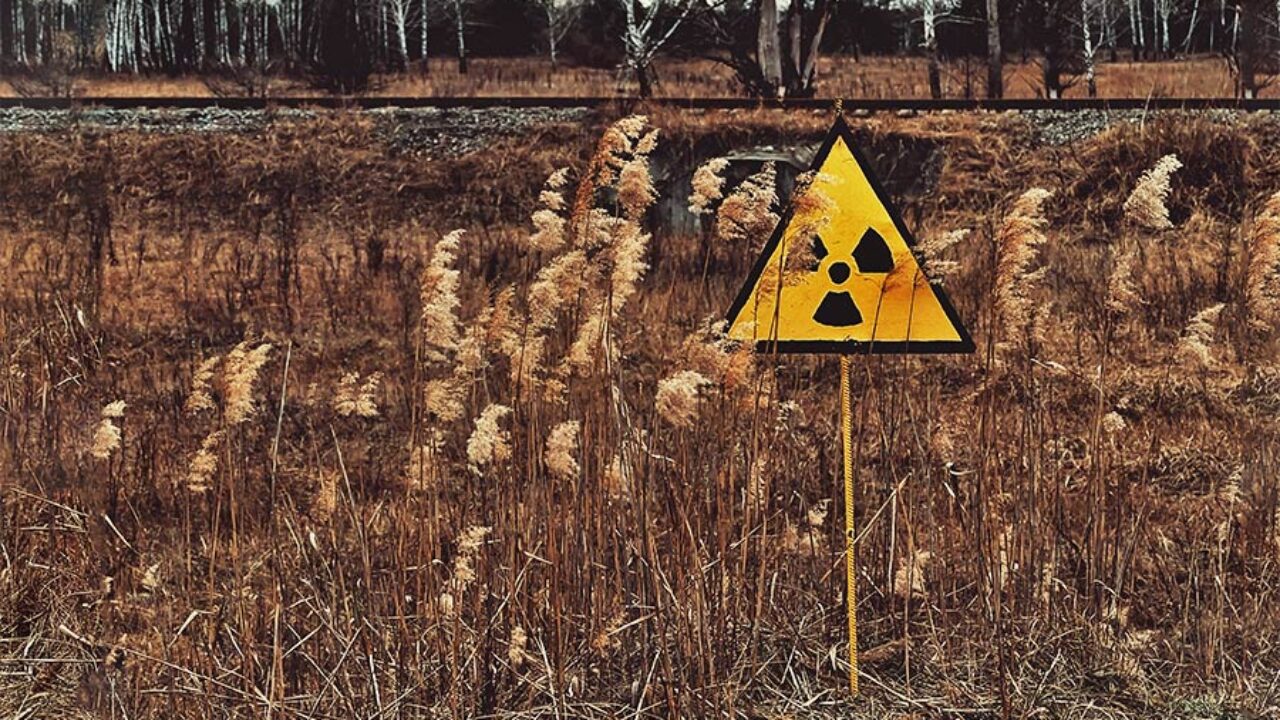Norway records radiation spike on border with Russia

The Norwegian Radiation and Nuclear Safety Authority (DSA) has detected traces of radioactive cesium-137 at the border with Russia that exceed the normal level.
Here's What We Know
Radioactive cesium-137 was detected between 9 and 12 September. At the same time, it is noted that the amount of cesium is "very low".
"The levels are clearly above normal, but do not pose a risk to people or the environment. We detected 5 µBq/m3 at the Svanhovd filtering plant on 9-16 September, and we measured the same concentration (5 µBq/m3) at the Vixjofjell filtering plant on 5-12 September," said Bredo Møller from the DSA's emergency preparedness unit in Svanhovd.
According to him, DSA will conduct more analyses over the next few days.
However, the agency noted that no other radioactive isotopes were detected during the examination of the filters. And other stations in northern Norway or Finland have not detected a peak in cesium over the past week.
It is worth noting that cesium-137 is formed as a fission product during the operation of a nuclear reactor.
The newspaper explained that there are numerous marine reactors on board submarines and icebreakers operating in the Barents Sea from bases along the coast of the Kola Peninsula.
The small leaks of cesium-137 are likely to be due to reactor start-up or maintenance, or could be caused by handling spent nuclear fuel.
According to Møller, cesium can also be released as a result of forest fires. Radioactive fallout from the Chernobyl accident in 1986, as well as from atmospheric nuclear tests conducted before 1962, can still be found in nature. The half-life of cesium-137 is about 30 years.
Source: Barrents Observer